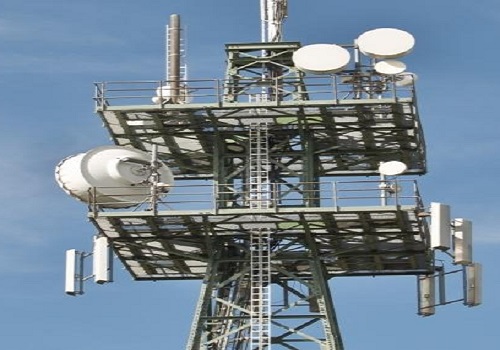
Independent telecom tower companies in India are likely to spend Rs 21,000 crore over fiscals 2025 and 2026 to support the telecom companies in expanding rural networks and improving service quality in urban areas, a report showed on Tuesday.
The push for better coverage and connectivity, along with rollout of 5G, had driven a Rs 23,000 crore capital expenditure (capex) over the past two fiscals as well, said the CRISIL Ratings report.
“The industry witnessed robust addition of towers in the past two fiscals to support 4G and 5G services. Now that the major rollout of 5G services is done, network capex of telcos is expected to decrease gradually,” said Anand Kulkarni, Director, CRISIL Ratings.
Nevertheless, healthy addition of towers will continue as a geographically diversified tower portfolio is critical for telcos to gain competitive coverage.
“Telcos will remain focused on tower densification in underpenetrated rural areas, which had a tele density of just 59 per cent at fiscal 2024-end, compared with 134 per cent in the urban areas. Plans by some telcos to expand their 4G and 5G coverage can also drive the tower capex,” Kulkarni mentioned.
In the recent years, following the consolidation in the telecom industry, the towercos’ tenancy ratio has been on a downtrend.
“Going forward, the tenancy ratio is expected to remain steady at 1.41-1.42 tenants per tower, but this would be on the back of additional tenancies coming from telcos with relatively weaker credit profiles,” the report informed.
Further, the consolidation in the telecom industry has also prompted a shift in the bargaining power in favour of the telcos.
According to the report, over the past few fiscals, even as the number of towers rose, average rental realisation moderated 3-5 per cent because of discounts on renewals and demand for leaner4 towers.
Yet the outlook on the earnings of towercos remains stable, given their annuity-like cash flows on the back of long-term price contracts with telcos, cost passthrough clauses and inbuilt annual price escalations, the report noted.
